When Is the Best Time
The best time to visit Curaçao for low hotel rates is between May and November. It’s not the best time in terms of weather, but it’s also not a real rainy season. Additionally, everything is less crowded.
Weather Details

Thanks to the tropical and above-average annual temperatures resulting from the equator’s proximity, Curaçao is suitable for a beach vacation all year round. A heavy rainy season does not exist. The rainiest time, with just twelve rainy days, reaches its peak in December, so you are basically not limited in the choice of your travel time.
Also, you don’t have to be afraid of tropical storms during your vacation in Curaçao. If you still want to be on the safe side and prefer months with little rain, you should consider the months from January to April for your trip.
Nevertheless, in these months, which belong to the absolute high season for Curaçao, the prices for accommodations are significantly higher than in the low season. Therefore, if you want to save some money, you should not ignore the low season, starting in May.
The two neighboring islands Aruba and Bonaire, are also outside the hurricane area, so you can confidently make a round trip over the three Caribbean islands all year round.
10 Must-Know Tips

1. Currency and Payment
In Curacao, the official currency is the Netherlands Antillean Guilder (ANG). However, most businesses also readily accept the U.S. dollar. It’s advisable to carry some cash, particularly smaller denominations, for things like street vendors or taxis. Larger establishments, hotels, and restaurants typically accept credit cards, but it’s a good idea to have some cash on hand for places that may not.
2. Language and Communication
While the official languages of Curacao are Dutch and Papiamentu, English is widely spoken, especially in tourist areas. Spanish is also understood by many locals. Language barriers are not a significant concern, so feel free to communicate in English or Spanish if you’re more comfortable with those languages.
3. Weather and Packing
Curacao enjoys a consistent tropical climate throughout the year, characterized by warm temperatures and sunshine. When packing, bring lightweight and breathable clothing, such as shorts, t-shirts, and sundresses. Don’t forget to pack sunscreen, sunglasses, a wide-brimmed hat, and a reusable water bottle to stay hydrated under the Caribbean sun.
4. Safety and Health
Curacao is generally a safe destination for travelers. Like in any place, exercise common-sense precautions: keep an eye on your belongings in crowded areas, stay hydrated, and apply sunscreen to protect against the sun’s intensity. The tap water is safe to drink, so consider bringing a reusable water bottle to save money and reduce plastic waste.
5. Electrical Adapters
The island uses 110-130V electricity with Type A and Type B outlets. If your devices have different plug types, bring a universal adapter to ensure you can charge your electronics hassle-free.
6. Transportation
To explore the island conveniently, consider renting a car. While there are buses and taxis available, having your own vehicle allows you to visit more remote places at your own pace. Keep in mind that traffic signs may be in Dutch, so familiarize yourself with common road signs.
7. Snorkeling and Diving
Curacao is renowned for its incredible snorkeling and diving spots. Don’t miss the chance to explore the stunning underwater world. You can bring your own snorkel gear or rent it locally. Some of the best spots include Playa Porto Mari and Tugboat Beach.
8. Time Zone
Curacao follows Atlantic Standard Time (AST), which is UTC-4. Before your trip, check the time difference if you’re traveling from a different time zone to ensure your plans align with local schedules.
9. Local Cuisine
Exploring the local cuisine is a must. Try dishes like “keshi yena” (stuffed cheese) and savor the fresh seafood. Seek out “krioyo” eateries, which offer authentic Curacaoan flavors, for a truly delicious experience.
10. Respect Local Customs
While in Curacao, it’s essential to respect local customs and traditions. When meeting locals, use the friendly greeting “Dushi.” Additionally, if you wish to take photos of people, it’s polite to ask for permission first. This gesture shows courtesy and respect for the island’s rich culture and its people.
Special: Diving and Snorkeling
Thanks to the high temperatures that prevail throughout the year, Curaçao is a popular destination for sunbathing and relaxing and a true paradise for diving and snorkeling. With more than 65 dive sites, you can jump into the colorful underwater world and explore the intriguing reefs. If you dive into the crystal clear water, you will enjoy a dreamlike show of colors and impressive turtles.
Since the water temperatures remain constant throughout the year and there is little rainfall, the best time to go diving is also year-round. By the way, on Curaçao, there is a wide range of diving schools that will explore the Caribbean Sea with you.
Our Hotel Recommendations
A Caribbean island, more known as a honeymoon destination than for its diving. Nevertheless, a nice diving destination where shore diving is the rule. Hiking is possible in the Christoffelpark, climbing Christoffel Mountain. Another destination is Klein Curaçao, a deserted island with shipwrecks and lizards.
by Stefan Bonne

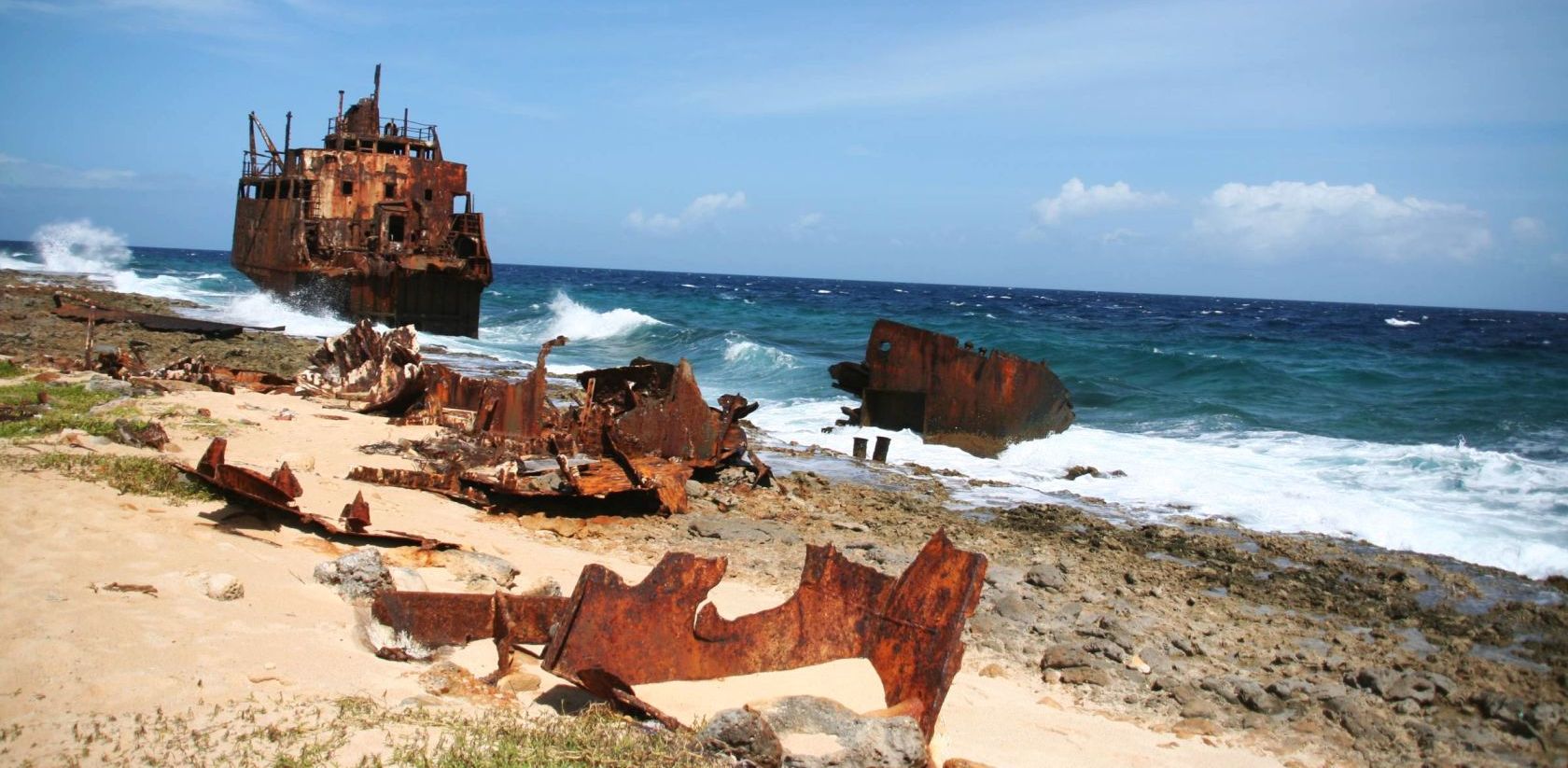



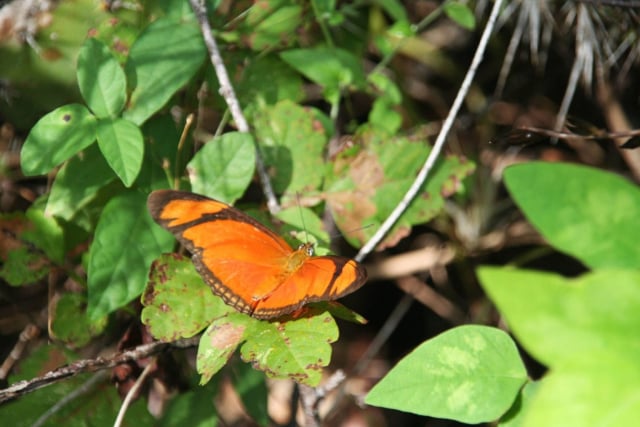


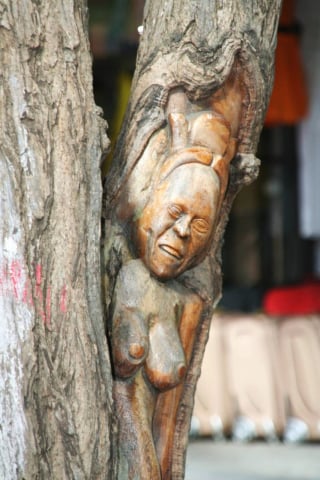

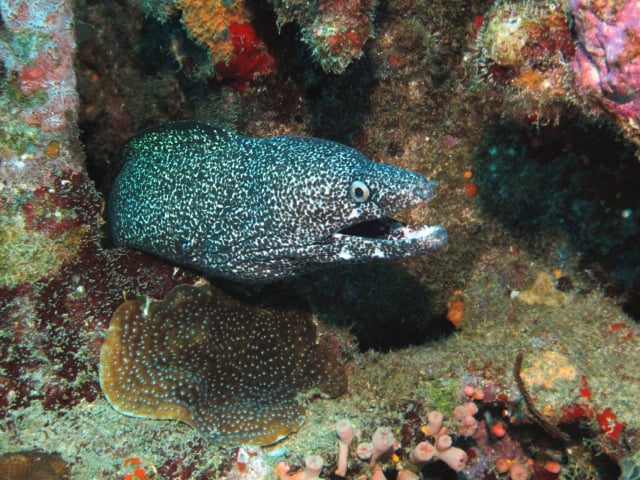

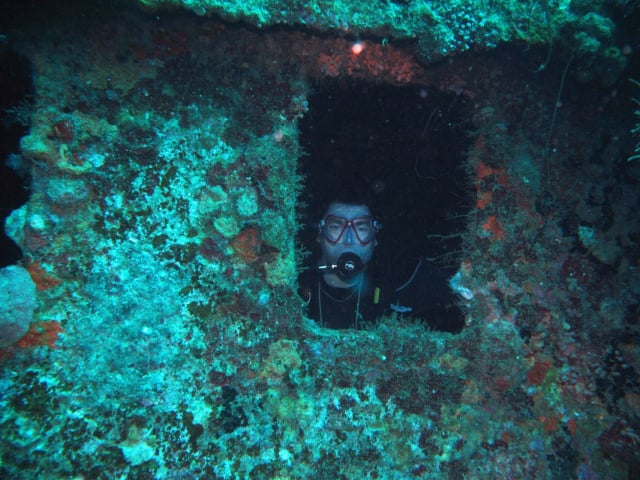


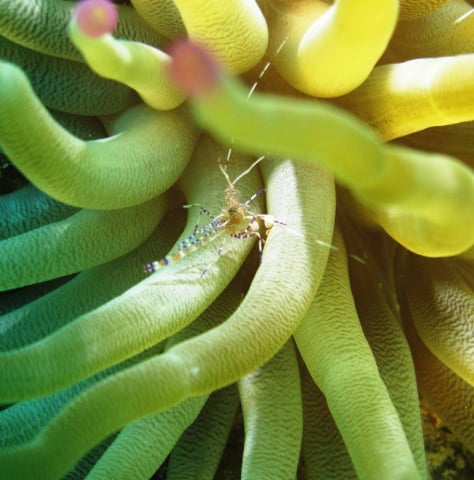

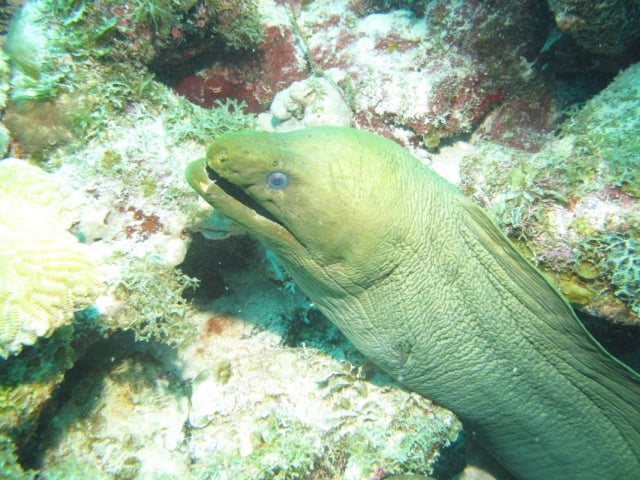




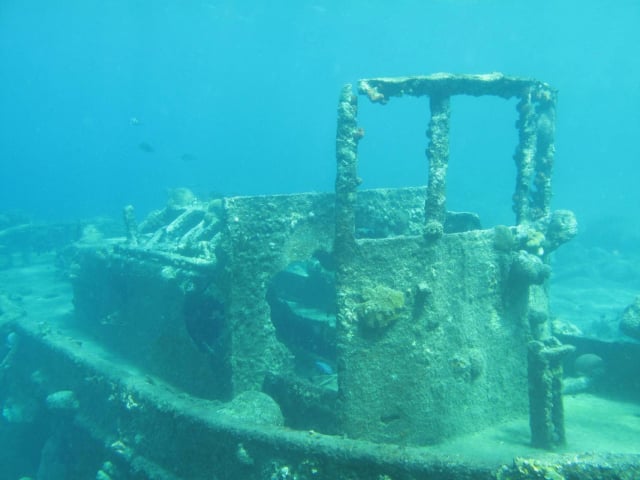
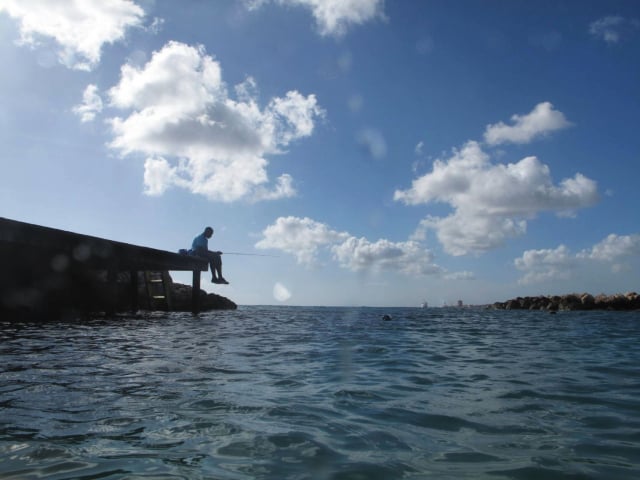
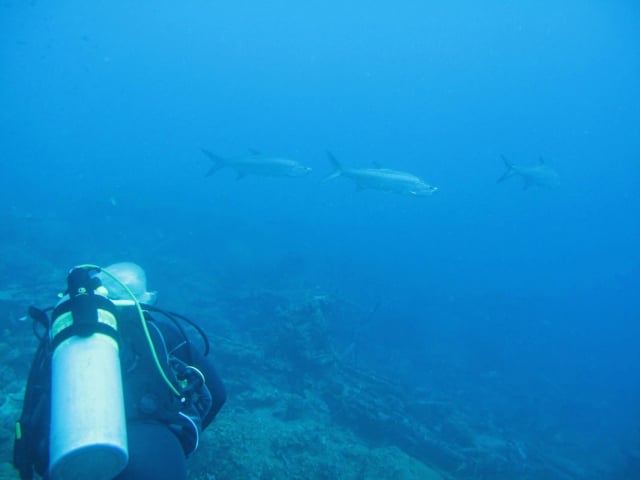

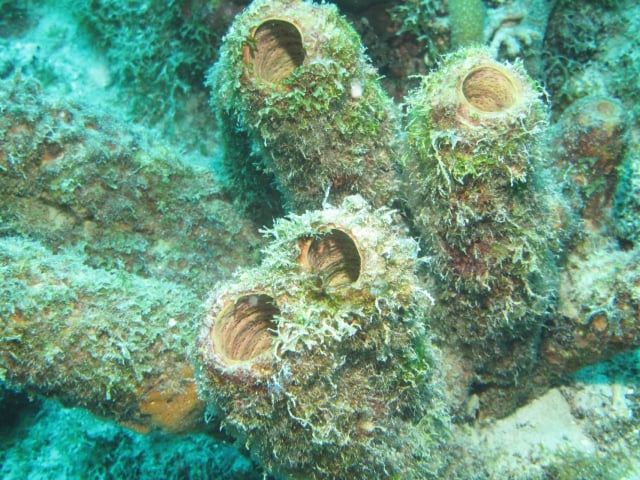

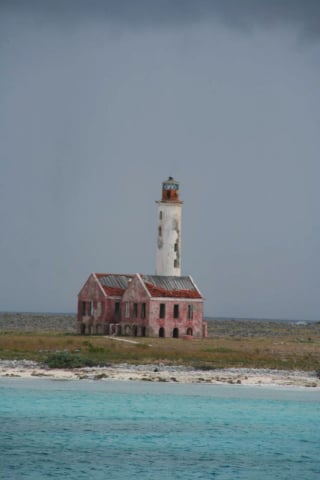
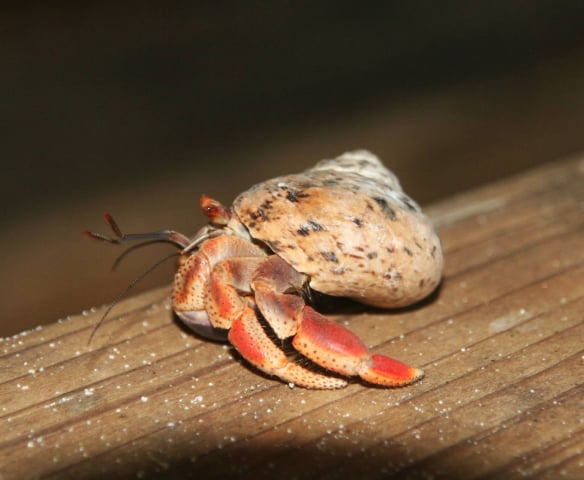

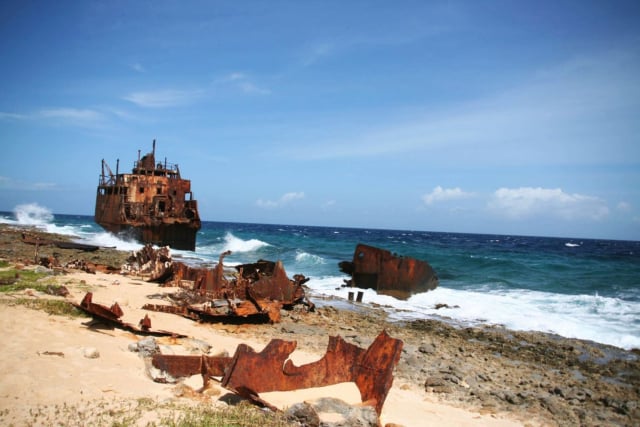
The period november until april is perfect all over the Caribbean Sea, so you have lots of choice. It depends on what you want to see under water and above. You have wreck diving in Aruba, Martinique and other islands. Marine life is best in Marine Parks like Bonaire or Saba. Big animals like whale sharks you can see in Belize and Holbox island, Mexico, but for these I don’t know the good periods by hart. If you travel with a dive partner than is Bonaire or Curaçao a good choice because it’s shore diving and a dive package consists of a rental car so you dive independantly. Hope this give you already some clues. Belize and Mexico have great Maya archeological sites. I combined Belize diving with Tikal, Maya city in the jungle of Guatemala.